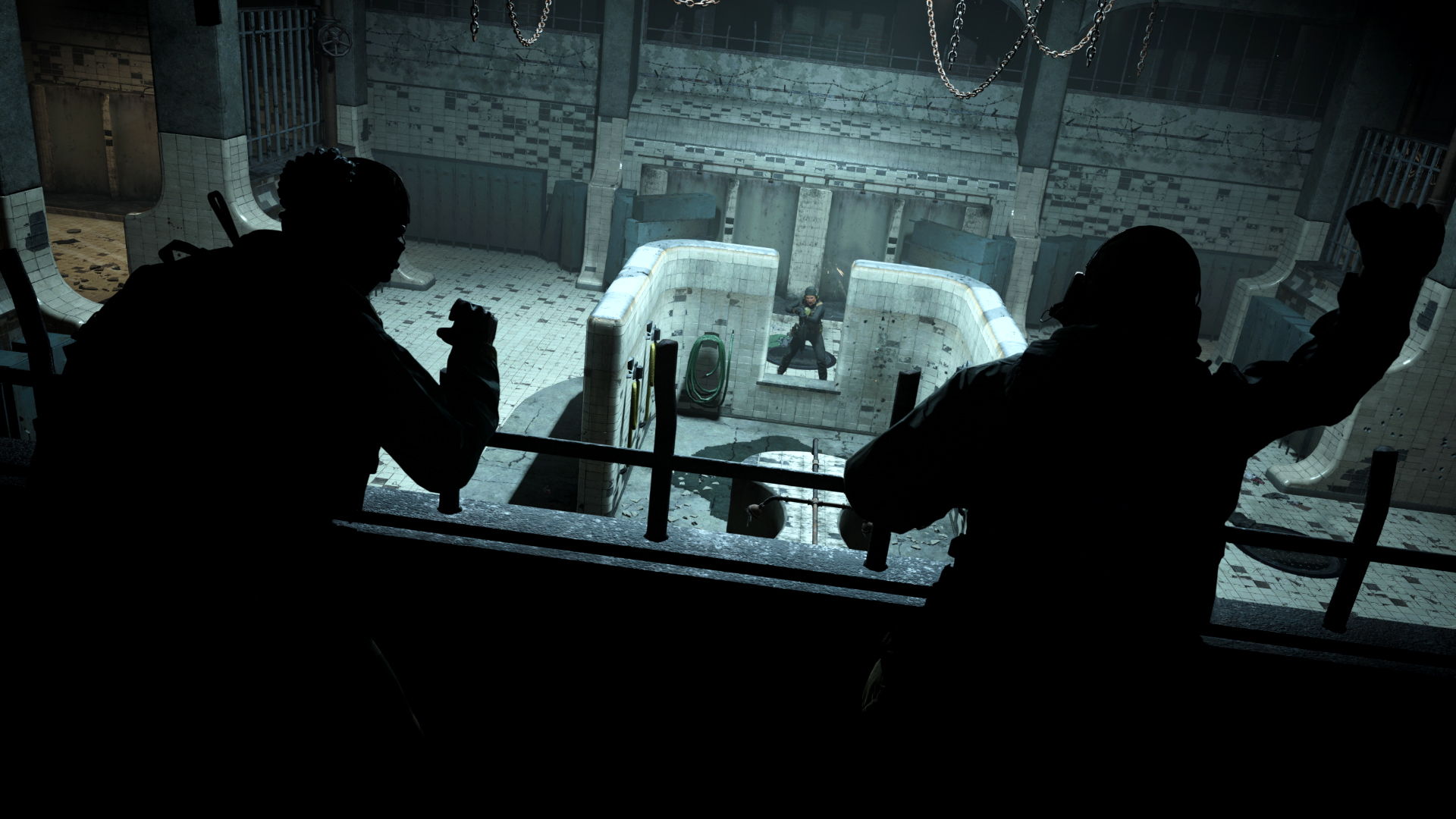People are finding ways to kill with Call of Duty: Warzone's "nonlethal" tossed rocks
It is hilarious in every way.

It's no secret that a lot of people are playing the new free-to-play Call of Duty: Warzone battle royale. As reported yesterday, it already has 15 million players. Warzone has a fun Battle Royale twist, the Gulag, where players go on death to fight in 1v1 matches for a shot at rejoining the fight. While you're waiting for your chance to fight in the Gulag you stand on a balcony over the match to watch the current duel. From this balcony, you can throw rocks at combatants for a single, pitiful point of "nonlethal" damage. However, players are already finding a way to kill with it, both due to an apparent bug and by sheer creativity. Here's what a rock normally does:
Your equipment in a Gulag 1v1 is random and can include near-any weapon in the game, including claymore mines. Here's an example posted to Reddit, where an operator gets caught in their own trap. A single point of nonlethal rock damage is apparently enough to set off a mine.
Killed someone in the Gulag by throwing a rock at their claymore. from r/CODWarzone
There are other reports that the rocks are not, in fact, nonlethal. This video of an apparent bug shows a player dying to a rock, complete with a kill confirmation by the rock thrower:
Friend dies from getting a rock thrown at him and even has a kill cam to show that it was the rock thrower. from r/CODWarzone
Keep up to date with the most important stories and the best deals, as picked by the PC Gamer team.
Jon Bolding is a games writer and critic with an extensive background in strategy games. When he's not on his PC, he can be found playing every tabletop game under the sun.

